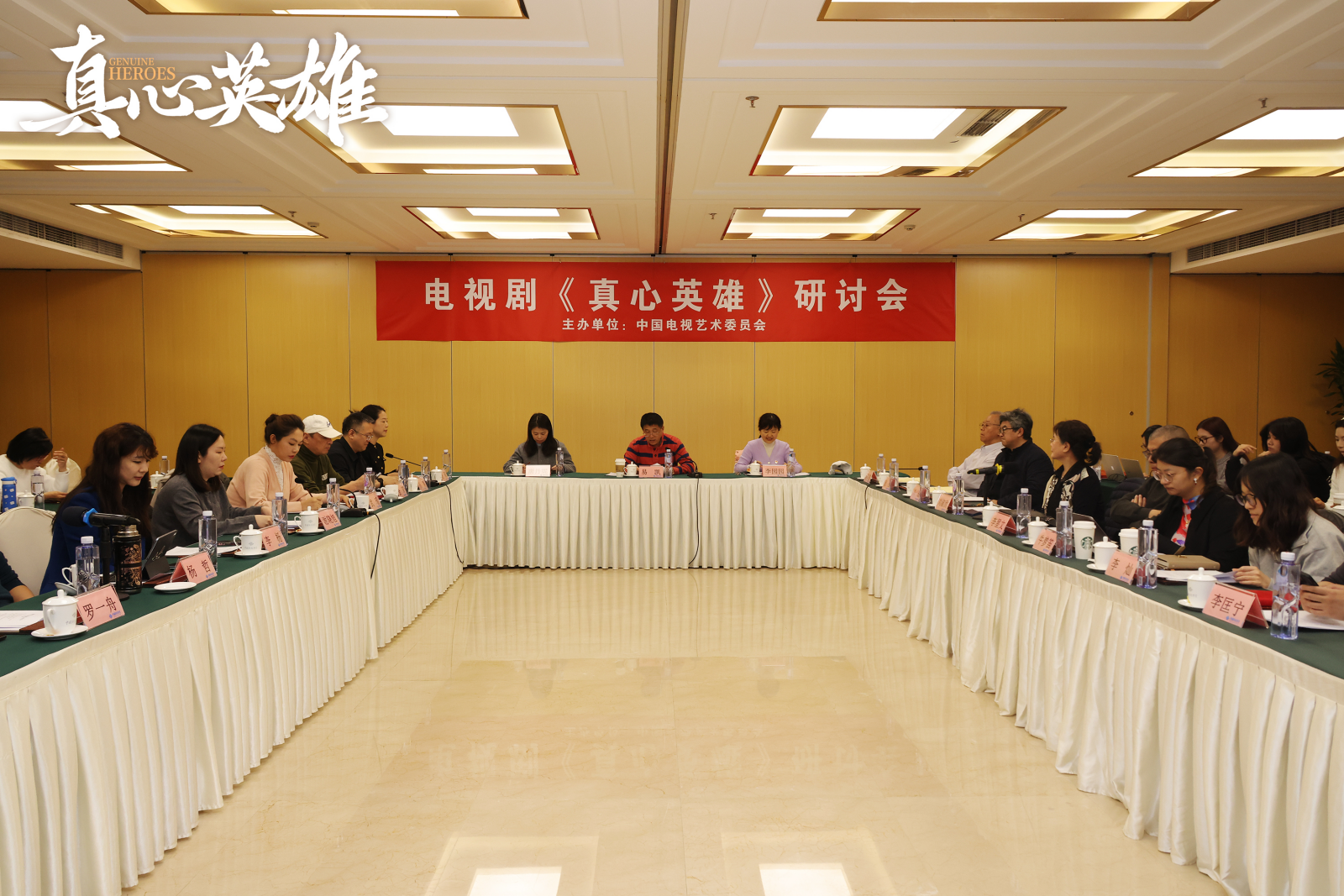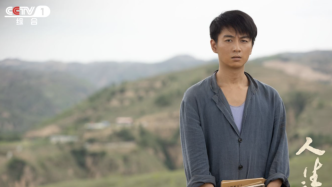
On March 20, the TV series "The Road to Life" was launched. The drama is based on the classic work "Life" by writer Lu Yao, and tells the struggling life of Gao Jialin, a rural youth. The play was established in Shanghai with the support of the Propaganda Department of the Shanghai Municipal Party Committee, and was tracked and supported by the city's major literary and artistic creation projects. It is a realistic masterpiece "produced in Shanghai".

"The Road to Life" poster
Although it has just started broadcasting, the high-quality quality of the show is already very outstanding. From the fineness of the script to the visual presentation, to the performance of the actors, the standards are all online. Among them, the young actors Chen Xiao and Li Qin, who have always had a fashionable image, have truly portrayed the images of the two rural youths from the outside to the inside in the play. What amazes the author is also the setting. The play was shot in Qingjian County, Yulin City, Lu Yao’s hometown. The rural scenes involved were all built on the spot. The rural land comes into view, magnificent and boundless, and the spirit is completely different from studio shooting with special effects.
But the most surprising thing is that "The Road of Life" is an adaptation and continuation of the original "Life", which restores the era, but breaks through the era.

Chen Xiao as Gao Jialin
In the original work, Gao Jialin is a typical example of aspiring rural youths in the 1980s. He is ambitious, talented, and ambitious, but he is limited by his family background and life circumstances. The setbacks, the huge differences between rural and urban areas, and the struggle and pain faced by a generation of young people at that time are all contained in this novella. However, there are two biggest difficulties in adapting "Life" into a TV series: one is that the length and plot of the novel are limited, and the adaptation needs a lot of expansion and continuation; audience resonance.

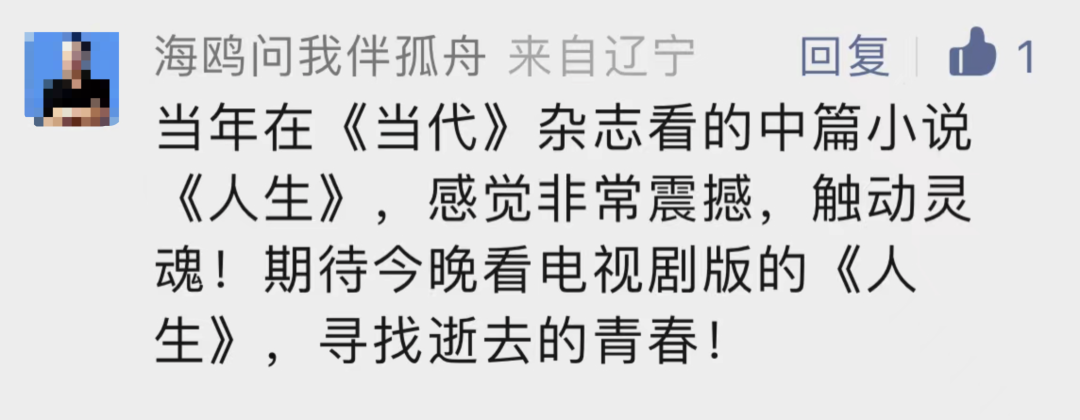
Some viewers look forward to "reminiscing about the classics" and "revisiting youth", and some viewers want to "taste golden sentences" and "understand themselves"
Judging from the current three episodes of "Road of Life", in terms of script adaptation, it has done two things right.
The first is a rich description of the incident of the college entrance examination at that time.
"If I don't pass the exam, I can only come back to farm." This recurring line in the play impressed me deeply. In the first three episodes of "The Road to Life", there is only one thing: the college entrance examination. To understand why the show took three episodes to describe the college entrance examination in detail, one must understand the background of the times at that time.
Today in 2023, everyone agrees on the importance of the college entrance examination, but the admission rate of the college entrance examination today cannot be compared with that in the 1980s. In "The Road of Life", the saying "A county cannot produce a single college student in five years" is not an exaggeration. Although the college entrance examination was resumed in 1977, in the early 1980s, especially in the vast rural areas, limited by the low level of education and the scarcity of higher education resources, it was extremely difficult to enter a university.
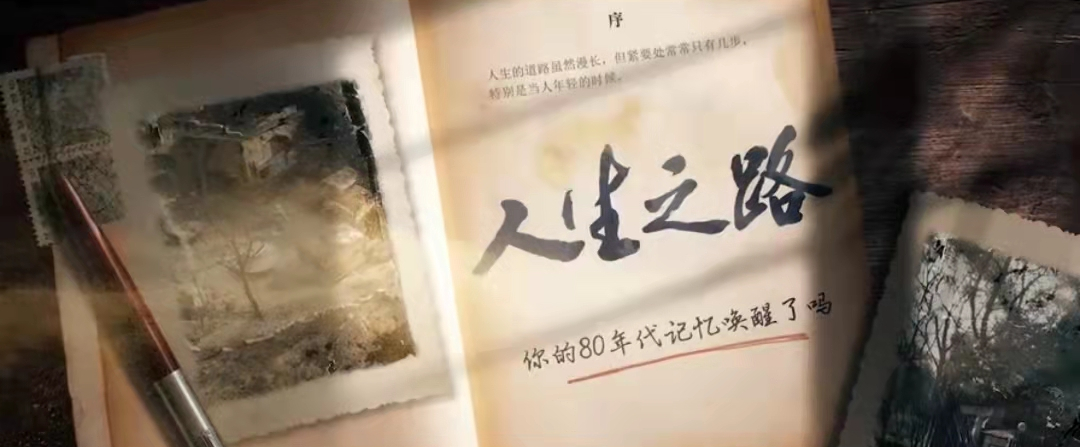
"The Road of Life" tells from the 1980s
For example, the college entrance examination pre-examination system mentioned in the play was implemented in 1980, in order to screen out some candidates with poor knowledge base, so as to reduce the pressure of various aspects during the college entrance examination. With the passage of time, the number of candidates decreased, and some disadvantages of the college entrance examination pre-examination gradually emerged. In the late 1980s, this system was abolished. "Passing the pre-examination is a talent", but crossing the threshold of the pre-examination is just an opportunity to take the college entrance examination. For rural students, studying hard does not mean that they can cross the threshold by themselves. class barriers.
In "The Road to Life", there is such a scene, the top ten students in the county in the college entrance examination math test, four handed in blank papers, three did not finish the questions, and one fainted. In another scene, the protagonist Gao Jialin went to the newspaper column outside the county library to read newspapers in the middle of the night with a flashlight in order to understand current political information. These two scenes have truly restored the educational difficulties in remote rural areas at that time: there were no good teachers and learning environment, and there was no timely information to understand what was happening in the outside world.

Stills of "The Road to Life"
After understanding the "difficulty of the college entrance examination", we also need to understand the "significance of the college entrance examination". In the 1980s, rural household registration and urban household registration had completely different futures for young people in real life. At that time, rural youths admitted to university not only meant to receive higher education, but also meant to be able to change their rural household registration into urban household registration, and even have the opportunity to be arranged to work in the future and get an "iron rice bowl". It is an image metaphor of this class transition. And in order to jump out of the farm, how much a rural child has to pay, how much a rural family has to pay to raise a child, and what kind of huge changes will take place in the fate of a family, is that after a series of "difficulties", it is too heavy. The "meaning" of a metaphor.
Therefore, the desperation of the students before the failure of the college entrance examination shown in the play is the struggle of a generation of rural youths, and it is also the first time that the protagonist Gao Jialin faces a huge setback in life. Insignificant, but must always struggle forward.
The second is to add Shanghai as another important narrative scene outside the rural areas of Shaanxi.
In the original work, the farthest place Gao Jialin went was the county seat. Lu Yao used the two scenes of the county town and his hometown to realize the metaphor of the city and the countryside. Then, "Why do we have a Shanghai theme, and why do so many stories happen in Shanghai?" At the media viewing meeting of "Road of Life", the main creator and relevant leaders raised such a question.

"The Road of Life" Director Yan Jiangang
For contemporary young people, rural household registration and real urban household registration may no longer be an insurmountable barrier in front of them. To give the story of "Life" a new era, it must be re-understood. The position and situation of young people.
Decades of urbanization have narrowed the differences in landscape and living standards between cities and countryside, and between large cities and small cities. Therefore, the new generations, including the author, are trying to pass the college entrance examination to become In big cities, in addition to the expectation of "living a better life" like their parents, they also have the ideal of "seeing the outside world".
In the author's opinion, Shanghai, an international metropolis, is undoubtedly the epitome of urban civilization after decades of urbanization, and it is the most representative " One of the cities in the Outer Worlds. In the play, Gao Jialin said, "I'm going to Shanghai. Shanghai is the place where the Communist Party of China was founded." Using the city of "Shanghai" to symbolize a rural youth's imagination of the vast world and ideal life is undoubtedly appropriate in the current era. Moving from "cave dwellings" to "Shanghai" represents the expectation of rural youths from the yellow land to urban civilization at that time, and it can also arouse the idealistic empathy of the current youth for the kind of "curiosity towards the distant world".
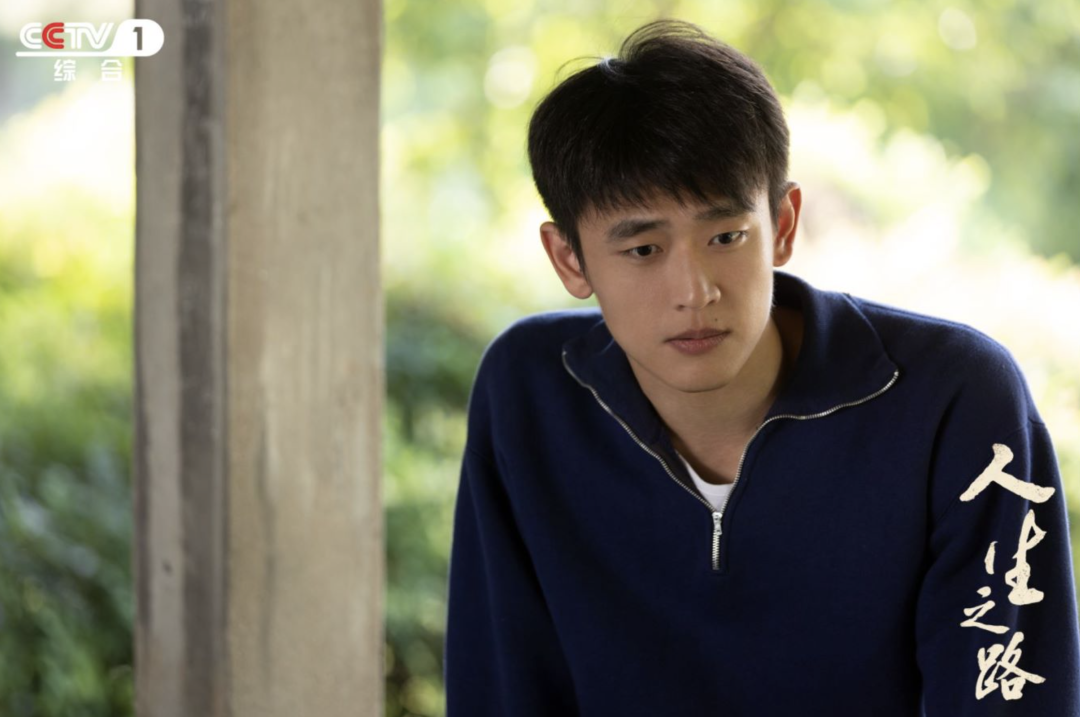
Gao Shuangxing (played by Wang Tianchen) who "accidentally" went to Shanghai to study in university
The contrasting scenes between rural areas in northern Shaanxi and urban Shanghai in "The Road to Life" actually change the background of the story from the antagonism and contradiction between rural China and urban civilization in the original book to the integration and progress of the transformation from agricultural civilization to urban civilized society. among. This rewriting is sensible and expansive.
This rewriting also makes "The Road of Life" more closely connected with the current era. Gao Jialin's pain is not only the struggle between rural life and urban life, but also the ups and downs of the road to the wider world. The Gao Jialin seen by contemporary youth in the play is not only "fathers", but also "self" . We may not have experienced rural life in the 1980s, but we all know the thorns and thorns on the road to ideals.
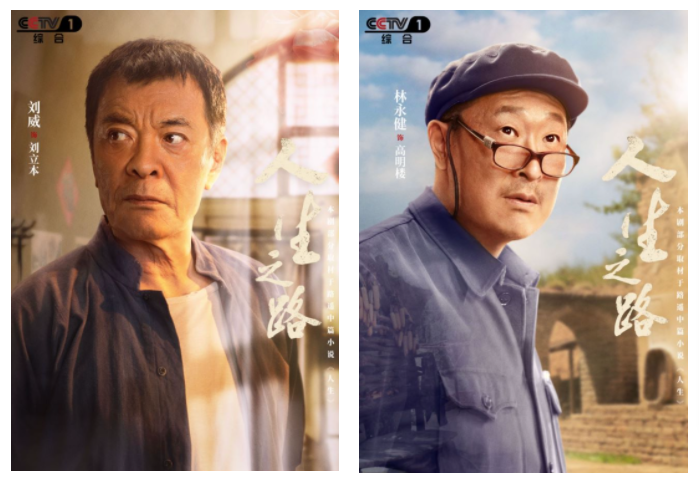
Parents who have dealt with the land all their lives
In the trailer, it can be seen that after Gao Jialin failed the college entrance examination, a series of difficulties and failures lay ahead. It may change a person's life. Nowadays, "lay flat" and "bad" have become labels attached to many young people, but in the face of fierce competition and low employment rate, it is not objective to accuse young people of not working hard enough. On the contrary, many young people, like Gao Jialin in the play, are facing the failure of their lives and narrow options. And where is the answer? Our fathers once built their own bright future with personal struggle, sweat and tears, and wrote a few words and phrases in China's decades of urbanization process with personal history. The key to what kind of future we will go to is still there. In my own hands, as Liu Qiaozhen said in the play, "You can walk your own way, and only after you walk can you have your own way."
"Never admit defeat, never fall, never give up the hope of life", Gao Jialin's teacher said in the first episode. It is hoped that "The Road of Life" can bring encouragement and comfort to young people today.


